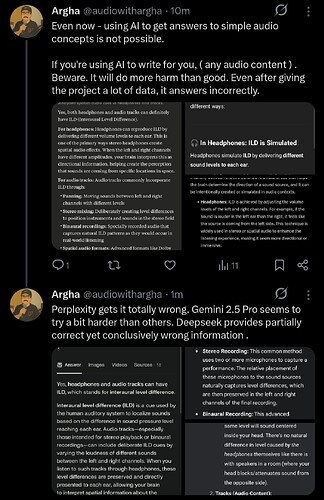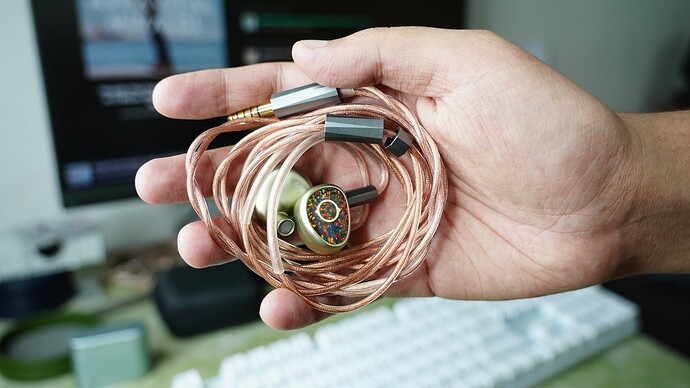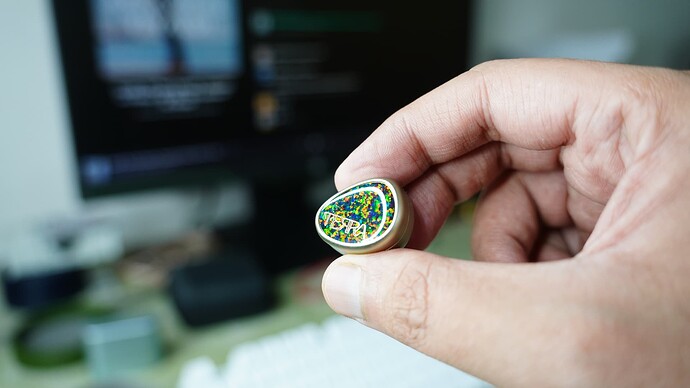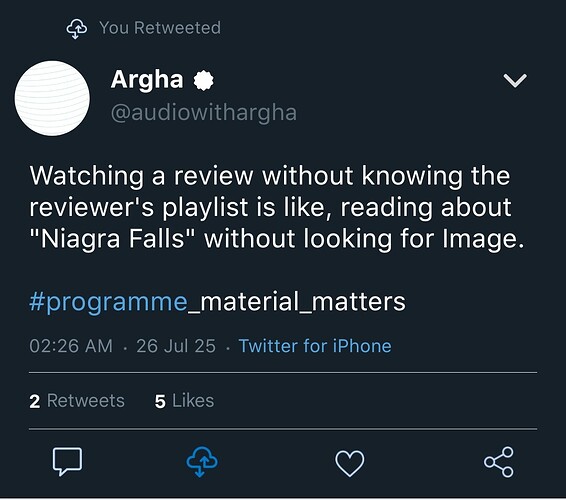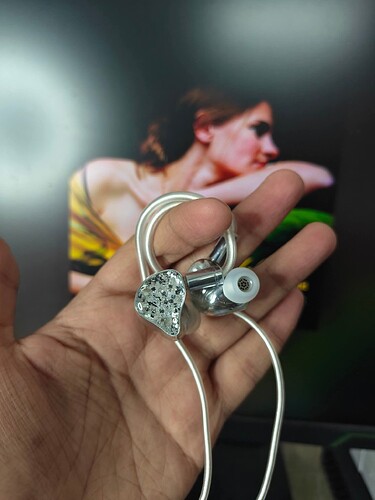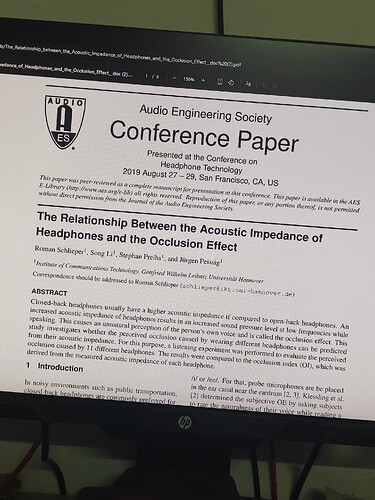Totally agree that transducers and EQ matter a lot too, they’re where the taste and tweaking come in. Past a point, it’s all about personal flavor (and budget pain😭)
Sorry
I was talking about DACs Analog Stage.
(Not the output)
Ask community/forums for explanations/clarifications but not LLMs
I asked if ILD is possible to get in Headphones/Tracks
Give GPT-4o mini a try…still gets things wrong but I find is better than others…
Use it anonymously with DuckDuckGo browser
Use duck.ai
Its private thats the advantage, no need to login and they cant track you.
Plus you can change the model to learn what each response is quite easily
DITA Audio Prelude , the new popular kind around the block.
Just unboxed , will share the unboxing pictures soon.
Weekend Unboxing of DITA Audio Prelude coming at $159
Positives
- Tips are top notch.
- Build Quality is Etheral (I seriously don’t know how this is a $160 build).
- Carrying case is actually usable.
Negetives
- I would have traded Dongle for a interchangable 3.5/4.4 termination.
- I would have traded the Sticky Silicone tips for a narrow bore tips.
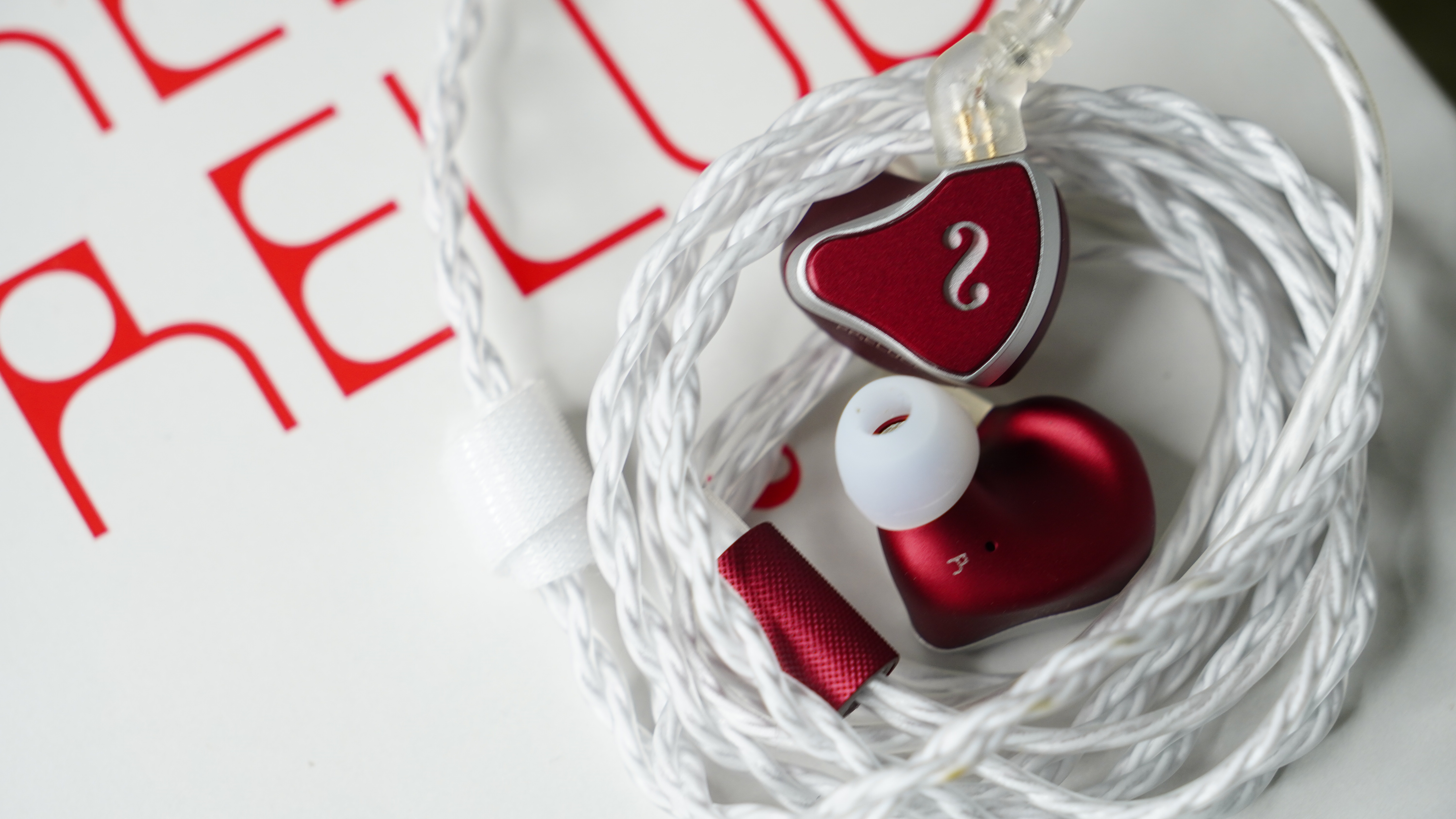
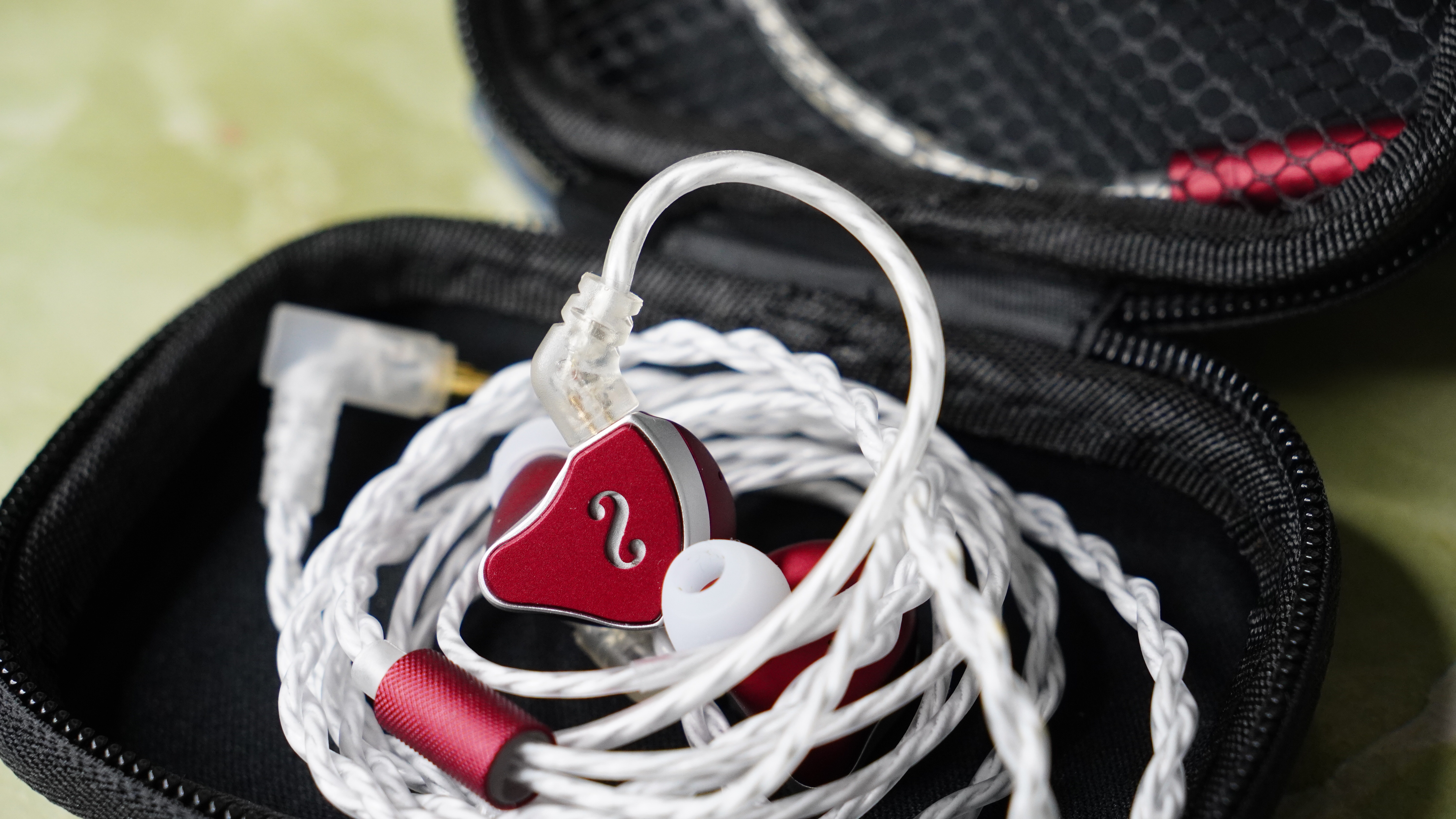
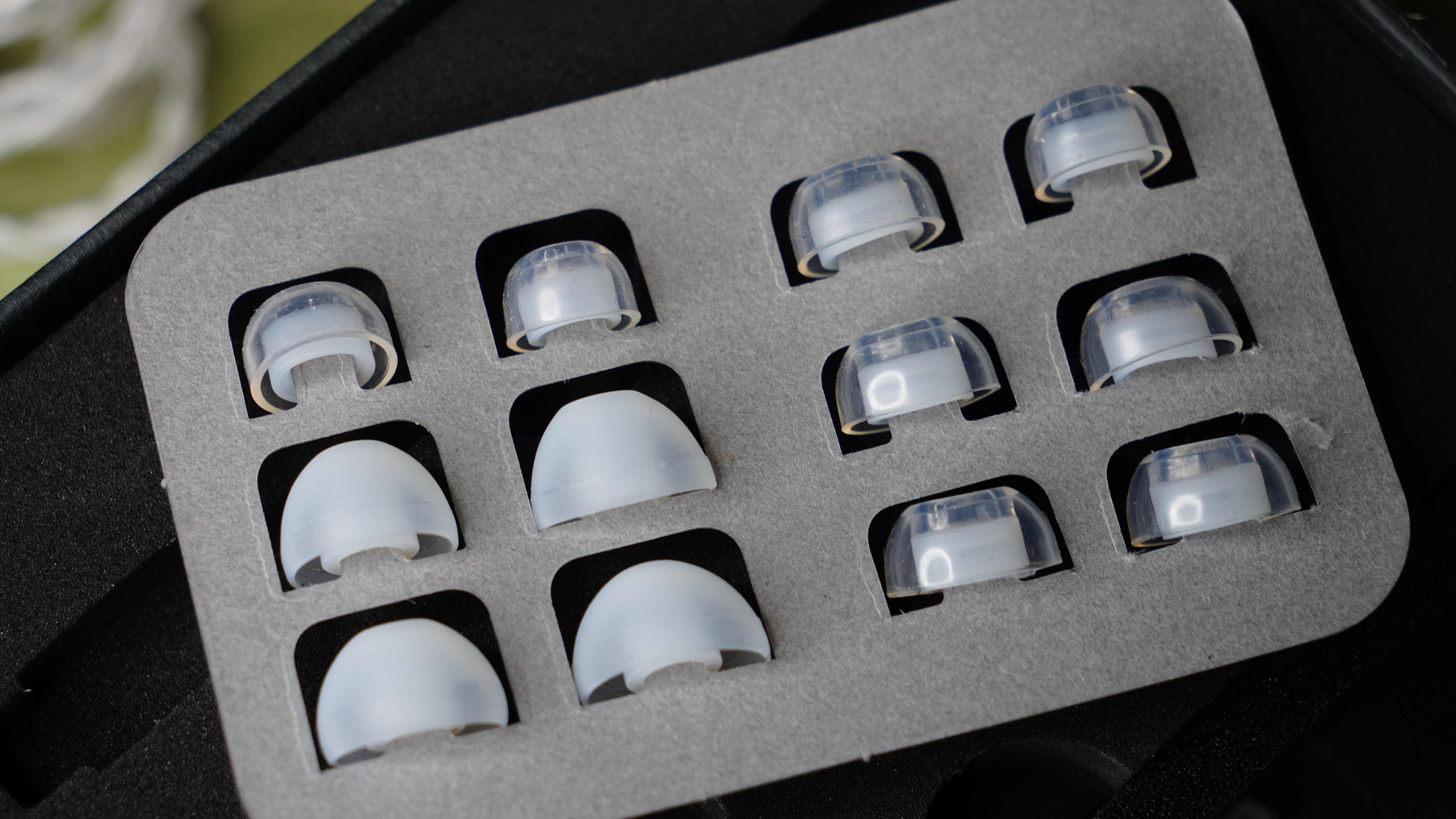
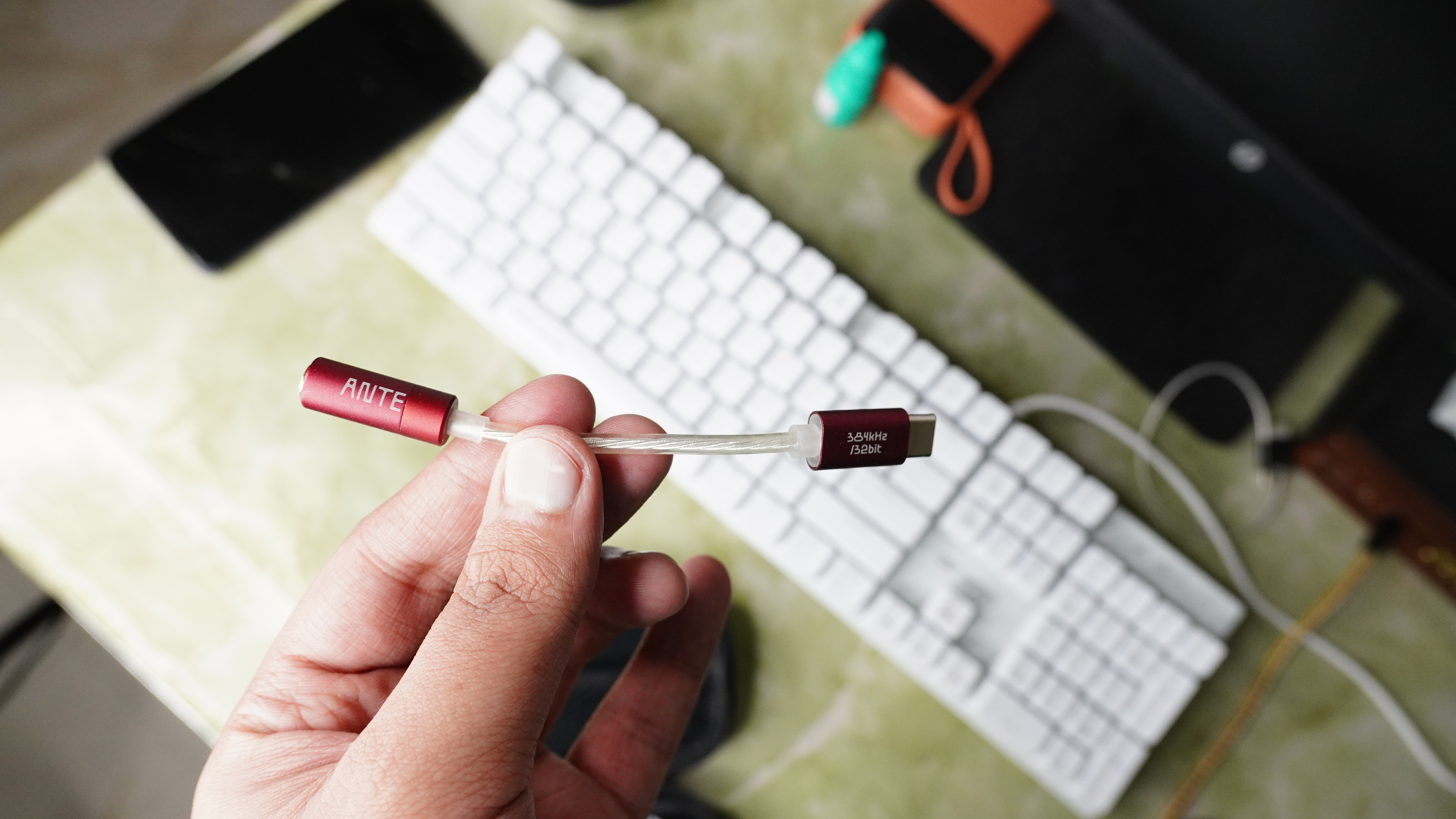
Let’s talk about headphone distortion.
I just finished reading a Paper on distortion and listener preference in headphones, and it reshaped how I think about what actually matters in sound quality. Mr. Olive and his team - tested five popular headphones, all equalized to the same frequency response so tonality was controlled and only distortion differences remained.
What surprised me most is that THD below 100 Hz actually decreases as volume increases in headphones, which is the opposite of what usually happens with loudspeakers. That odd behavior comes from how small drivers are built without spiders or surrounds to stabilize the diaphragm.
The study used several test signals: swept sine waves, two-tone for IMD, multitone, and even music. The artificial signals didn’t predict much about what listeners actually heard. Even with trained Harman listeners at level 7 or above, far more experienced than normal Audiophile people, it was very hard to reliably identify distortion. Comments often contradicted themselves, and many headphones measured as distorted in the lab were rated just fine by ear.
What really stood out is that the headphone with the highest IMD got the highest preference ratings, and headphones with high multitone distortion also scored well. That’s a big reminder that distortion numbers don’t automatically mean bad sound. The only metric that lined up with listening was non-coherent distortion measured with actual music, because it captured the messy, real-world way headphones add unwanted noise.
In the end, the strongest driver of preference wasn’t nonlinear distortion at all, it was linear distortion in the form of frequency response. Once EQ made all the headphones sound tonally similar, listeners couldn’t reliably discriminate small distortion differences unless they were huge, like in the worst-performing headphone. Music exposed those flaws better than test tones, but even then it was inconsistent and subtle.
Music matters the most when evaluating headphones, and distortion is harder to hear than we think. Unless it’s really obvious, people will judge headphones more on their frequency response than on their distortion curves. If a headphone sounds bad, chances are it’s the tuning and not the distortion spec.
(BTW, this study can be transformed to show audibility characteristics of source components also)
Just read this fascinating study about why your voice sounds so weird in closed back headphones.
Your ear canal has something called acoustic impedance, resistance to sound. Open ears let sound flow naturally, but headphones change this flow in a more complex way.
The occlusion effect happens when you block your ear canal and then speak. Try plugging your ears with your fingers and saying “hello” that boomy, unnatural sound is exactly what closed headphones do to your voice. Your vocal cords create vibrations that travel through your skull bones to your inner ear, but now they’re trapped in a sealed space.
Here’s where it gets interesting. Completely open headphones like the Sennheiser HD800 barely affect your voice at all - you sound totally normal. But they leak sound everywhere, so not great for noisy environments or keeping your music private.
Sony WH-1000XM3 found something remarkable:
ANC OFF: Voice sounded heavily distorted (6.0 dB occlusion index)
ANC ON: Voice sounded almost natural (1.0 dB occlusion index)
The active noise cancellation algorithms somehow counteract the acoustic impedance changes that cause the occlusion effect.
Bottom line - 1) ANC is much more effective in causing the Occlusion effect than we might consider. Some people call it the sucking effect, it’s that maybe.
- Acoustic Impedance alone is not a deciding factor of the Occlusion effect on a human.
